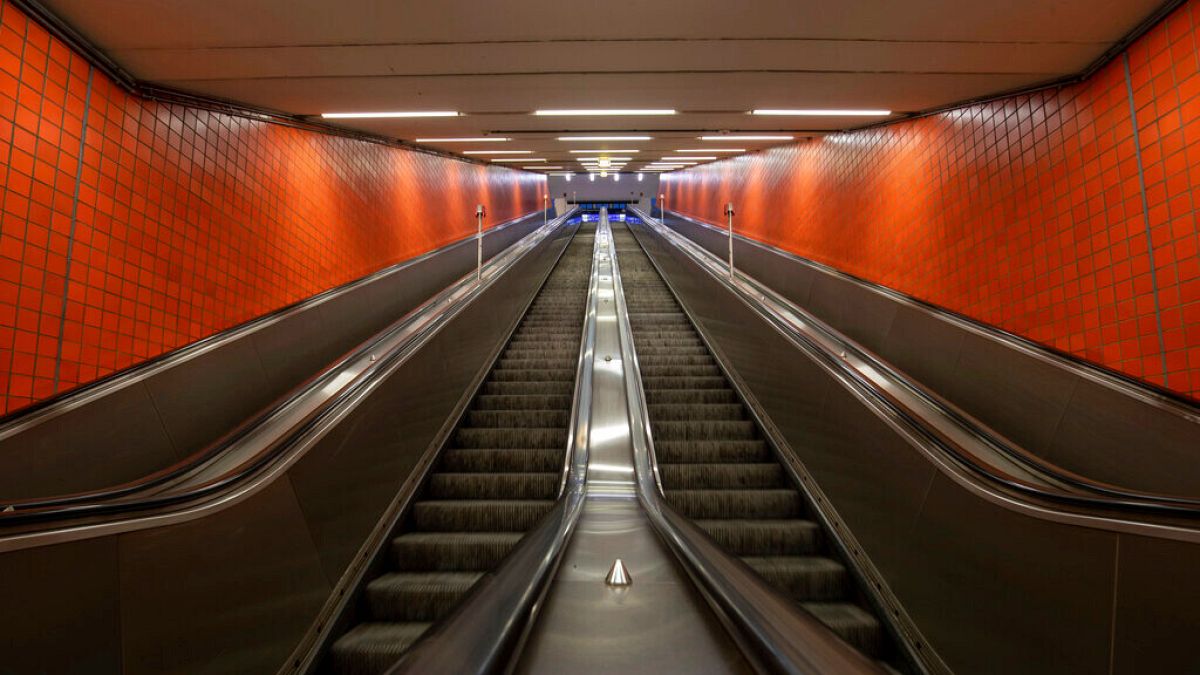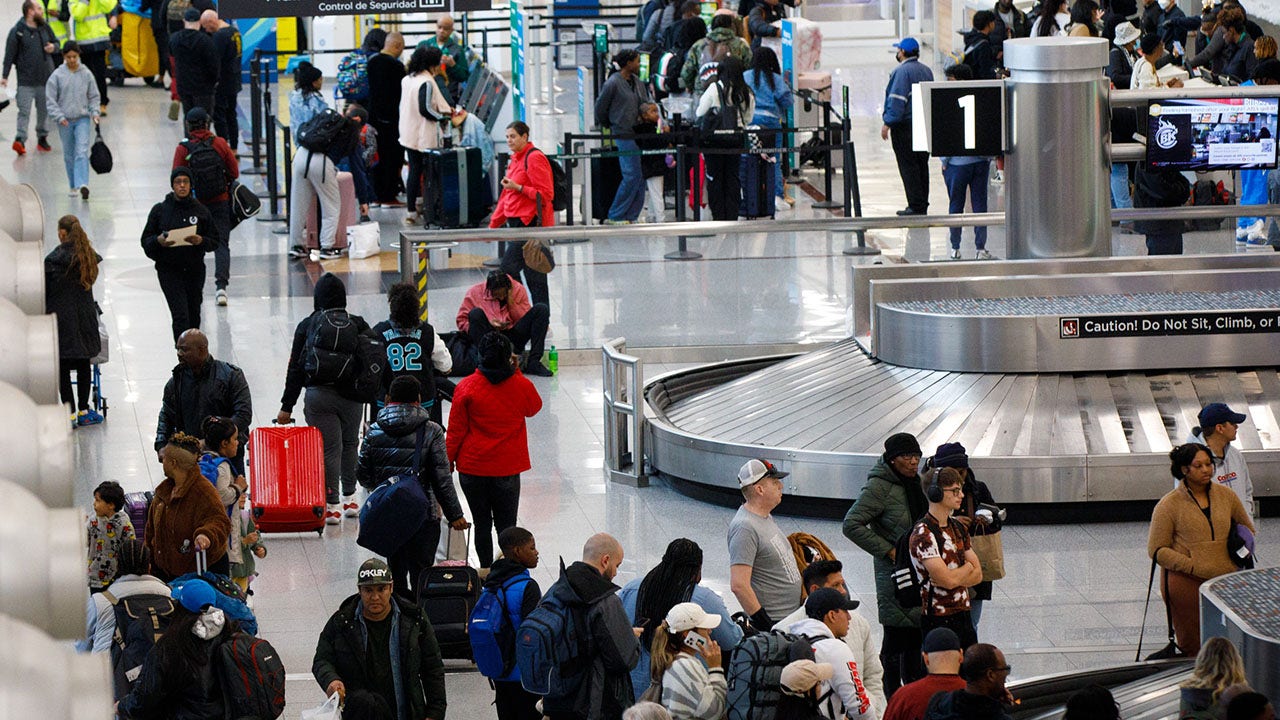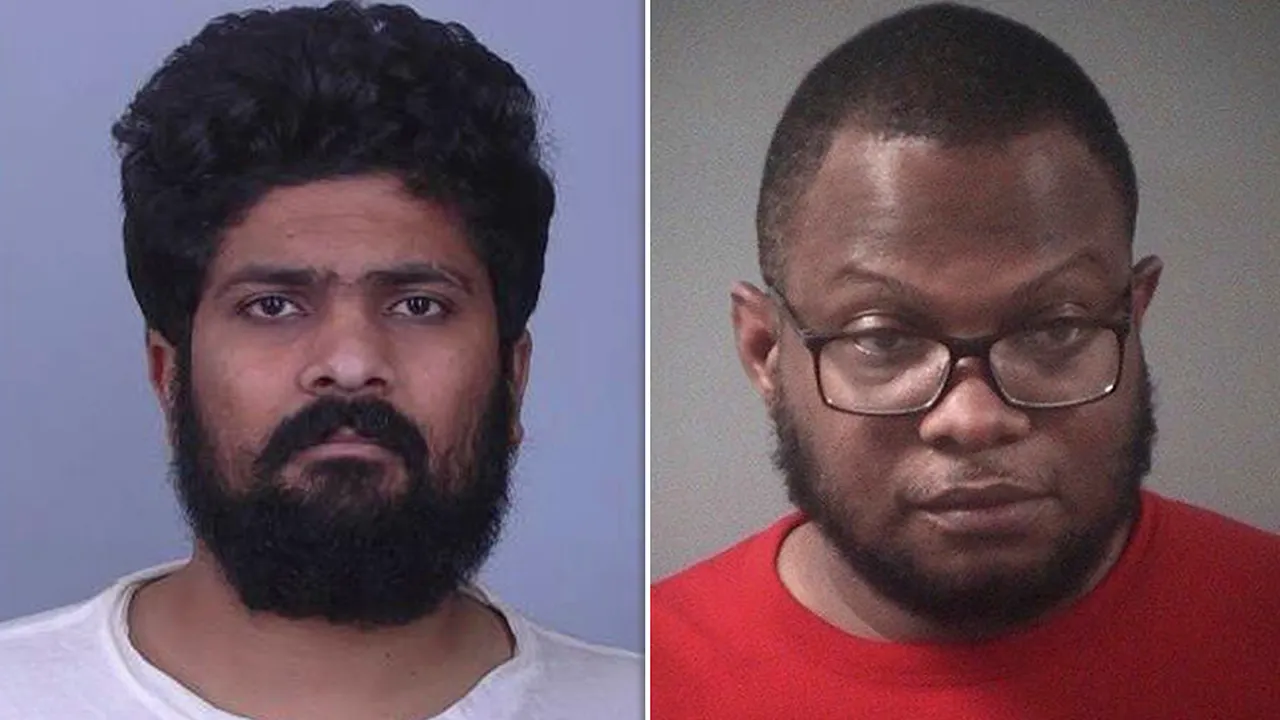While human trafficking reports do not necessarily increase during the holiday season, busy shopping and transportation hubs may make it easier for traffickers to get away with criminal activity.
There are some key signs of human trafficking that concerned citizens should look out for if they suspect nefarious activity, according to experts working to combat the global trafficking crisis, which the Department of Homeland Security defines as “modern-day slavery” that “involves the use of force, fraud, or coercion.”
“Child sex trafficking happens 365 days a year in small towns, big cities across the country, and that definitely includes the holidays,” Staca Shehan, vice president of the National Center for Missing & Exploited Children’s (NCMEC’s) Analytical Services Division, told Fox News Digital. “Trafficking victims don’t get days off or have holiday leave like many of us. That being said, though, our data does not show an increase in reports to the National Center of Child Sex Trafficking around the holidays, specifically the November to January timeframe.”
She noted, however, that the holidays are a busy time of year during which “people may be distracted, preoccupied” or “very focused on the fact that the holidays should be a happy time.”
ABOUT HUMAN TRAFFICKING AND HOW TO STAY SAFE FROM DANGEROUS THREATS
“And that could lead to missed opportunities maybe to identify red flags,” Shehan said. “We know that traffickers take advantage of any type of opportunity. Children and teens, they’re typically in school and around these holidays. They’re off for longer periods of time. And that could mean that people who often have opportunities to see signs or red flags like teachers, school resource officers, school nurses … they may not have those opportunities during the holidays [to identify red flags].”
While home may be a safe place for some children, for others, it could be where their trafficker lives, and that person could have “increased access” to the victim while the victim is home from school and the trafficker is home from work for the holidays. There might also be substance or domestic abuse issues going on at a child’s home that inspire them to run away and therefore make them become potential targets for human traffickers.
THE PORN INDUSTRY FUELS SEX TRAFFICKING, INCREASES THE DEMAND FOR CHILDREN: RESCUE EXPERTS WARN

Retired New York Police Department (NYPD) Sgt. Paul Grattan Jr., managing director of public safety consulting firm Graypoint Strategies, similarly said that while there is not much reliable information showing a particular increase in human trafficking during the holiday season, “There are some circumstances during the holidays that may make it easier for traffickers.”
“[T]he increase in travel presents opportunities for traffickers to move individuals or find potential victims traveling alone…”
“Vulnerable individuals are prime targets for traffickers, especially when they have leverage to coerce potential victims. The holidays can be a tough time of year for many who are separated from family or have otherwise been ostracized by loved ones due to personal struggles with drugs, alcohol, or crime,” Grattan said.
“Likewise, the increase in travel presents opportunities for traffickers to move individuals or find potential victims traveling alone or trying to find the means to travel or house themselves.”
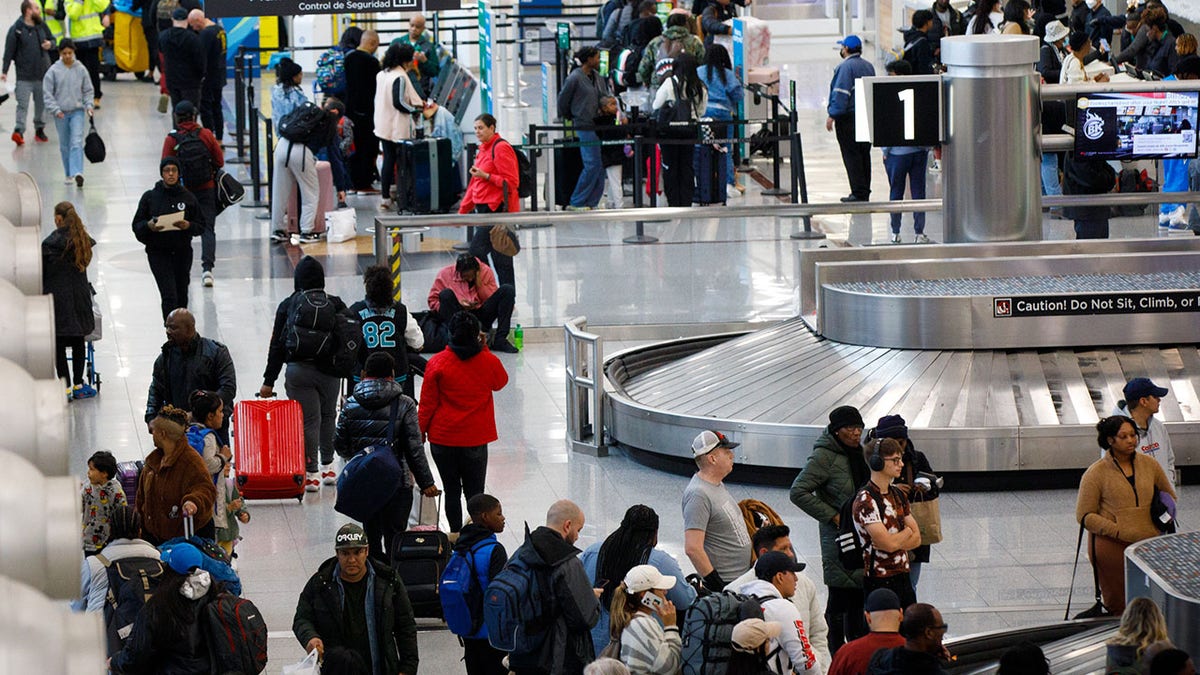
New statistics, Grattan explained, “like calls to trafficking hotlines and cases prosecuted by U.S. Attorneys, point to a drastic increase in trafficking over the past ten years.”
“The spike in migrants crossing the border is a big part of this — as people seeking a better life in the U.S. are drastically more vulnerable,” the former NYPD officer said. “Evidence supports that much of human trafficking is rooted in forced labor — something that criminals try to capitalize on with migrants trying to cross the border, find refuge in the U.S., make money, assist other family members, and travel to be closer to family who are already here.”
VENEZUELAN GANG’S HUMAN TRAFFICKING OPERATIONS SURGE IN TENNESSEE’S FOUR MAJOR CITIES
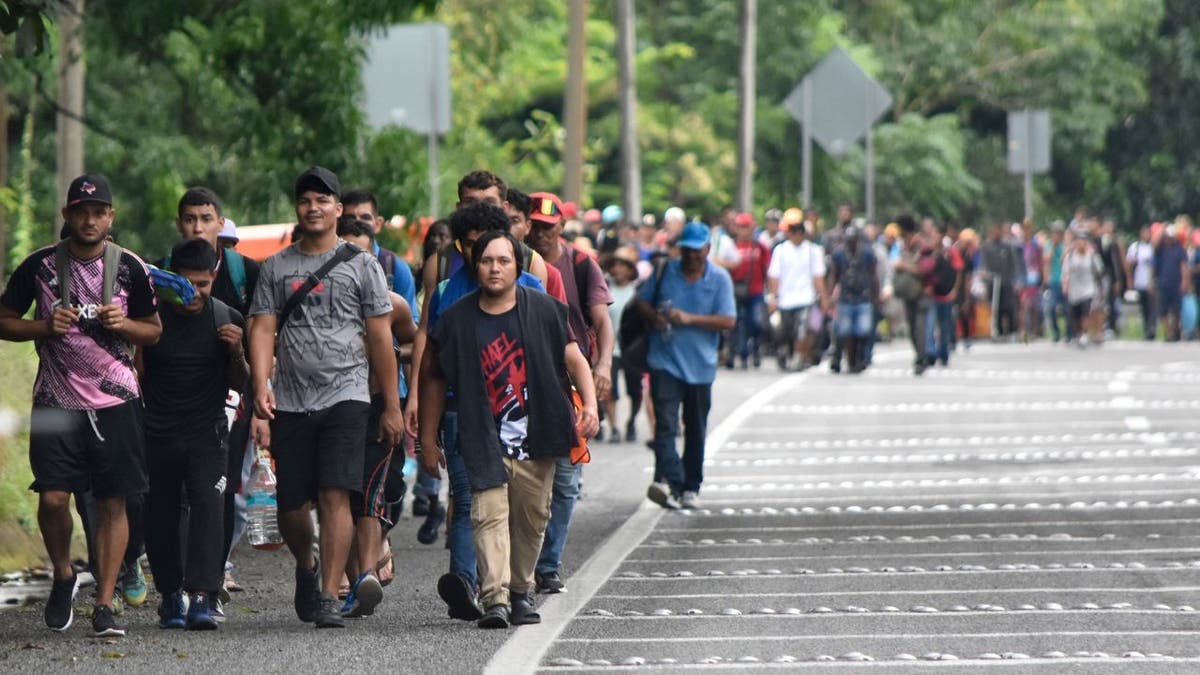
Hurricanes Helene and Milton are other crises that may exaggerate human trafficking in certain parts of the country.
Trafficking is a multibillion-dollar industry that preys on the vulnerable, including children and adults alike. Human trafficking has estimated annual global profits of $150 billion, according to the Department of Homeland Security, victimizing an estimated 25 million people across the globe, with approximately 80% of victims forced into labor and 20% forced into sex trafficking.
‘SOUND OF FREEDOM’ EXPOSES BRUTAL FIGHT TO RESCUE VICTIMS OF CHILD TRAFFICKING

Oftentimes, a child knows his or her trafficker, whether the trafficker be a member of his or her own family or a close family friend. However, traffickers can also be strangers seeking victims when they are alone in public places.
“This includes businesses at large, so hotels, motels, shopping centers, convenience stores, truck stops would be one of them, as well,” Shehan said. “But it also includes places where families go. So they could be shopping for the holidays and someone could oversee or overhear the interaction … where some of those red flags are present. The unfortunate circumstances are: almost any area or venue or physical location could be an opportunity.”
HUMAN TRAFFICKING VICTIM RECOUNTS HORRORS OF LIFE AT THE MERCY OF CRIMINALS
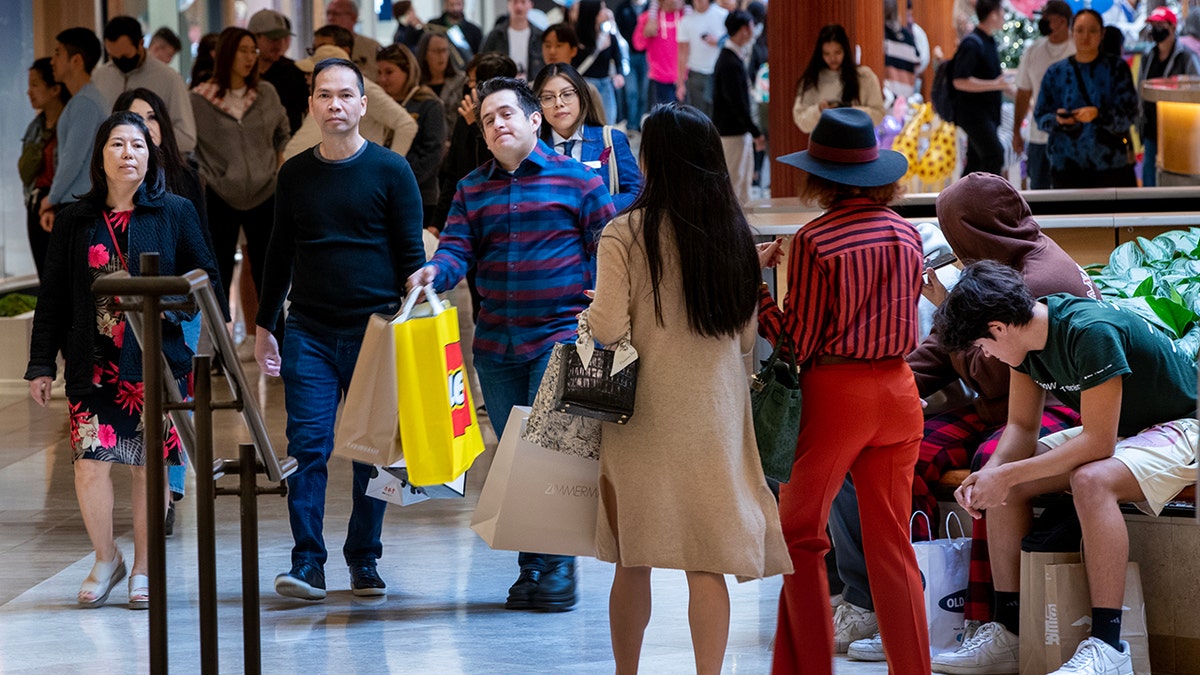
Another place where human trafficking can take place, or at least be initiated, is online. Predators often use social media apps and gaming systems in an effort to contact children and groom them from behind a screen before they eventually convince that child to meet up in person.
“We know that the Internet is heavily used by teens, and it is a place where vulnerabilities can become more obvious, where there may be discussions about things the child is struggling with or some of the challenges that they face — it could be housing instability, that their family is in a situation of poverty. It could be a situation where they’re sharing about abuse or neglect in the home,” Shehan explained. “And traffickers are savvy that they will use that as a point of manipulation to target that child and … manipulate them into a false sense of security, of safety or care or well-being.”

There are specific signs one should look for if they suspect someone is being trafficked, according to Shehan.
“There are some things that people can look out for, and that includes signs of physical or sexual abuse, symptoms of neglect or malnourishment, the appearance that a child is unwilling or unable to answer a question and that they let others speak for them, or maybe they have … appear to be a missing child who has run away and they have material goods that are inconsistent with their access to money,” Shehan said.

If a child is “unwilling or unable or too reluctant” to go to school, if a child has many “unexplained absences,” or if they are “known to sleep in class,” those could all be signs of possible trafficking or other abuse, according to the NCMEC expert.
Branding such as tattoos of signs of wealth that are inconsistent with what a child might own are also signs, Shehan said.
If you are being trafficked or suspect that someone you know is being trafficked, contact The National Center for Missing and Exploited Children at 1-800-THE-LOST or CYBERTIPLINE.ORG.
Read the full article here



